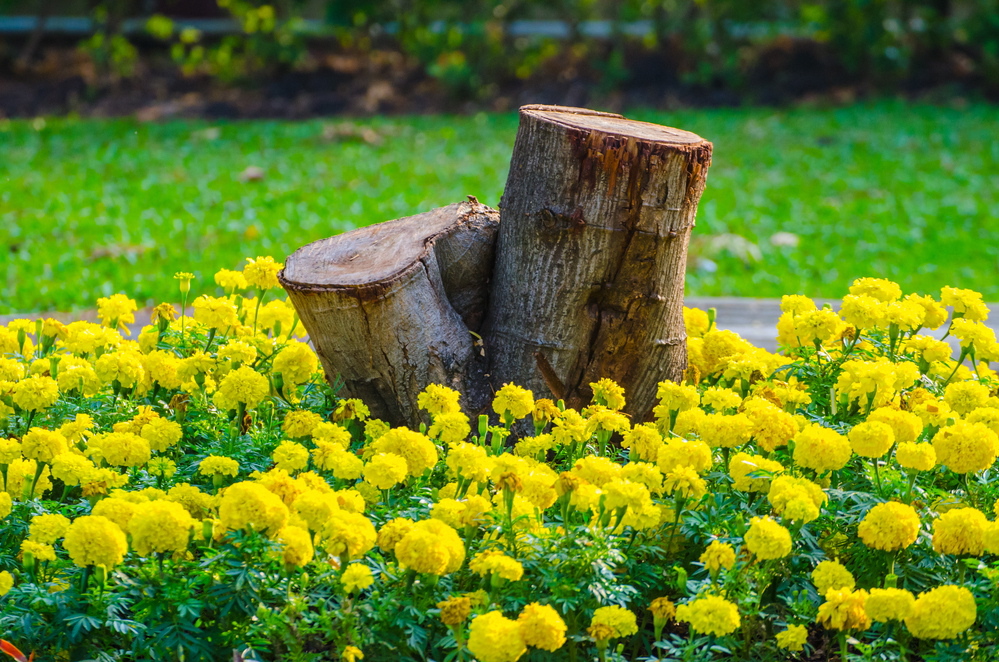Gardening and farming are (supposed to be) part of the simple life. People escape the rat race of cities and suburbs, find a patch of land surrounded by nature and enjoy life the way it was meant to be.
Biologically, however, the simple life is complex, and as far as the landscape and the soil beneath it are concerned, the more complex things are, the better.
“A simple system is unstable and inefficient,” said Karen Bussolini, an organic land-care professional and garden writer from Connecticut who gave a talk at New England Grows expo in Boston last winter. “Complexity equals diversity equals low maintenance.”
Chris Roddick, foreman of arboriculture and grounds at the Brooklyn Botanic Garden, backed her up in his talk.
“The soil-plant relationship is very complicated,” he said. “Relationships are always evolving and changing, so what works one day might not work the next.”
As we look to improve our gardens this summer and spring, the principles espoused by Bussolini and Roddick can make our properties easier to maintain and help the whole environment.
A forest is a complicated system, with the canopy slowing rainfall so erosion is minimized. Layers continue with understory plants and ground covers, even to the roots below the ground. The forest thrives, and it never needs artificial irrigation or fertilizer.
To mimic that, Bussolini and Roddick both advocate leaving stumps, fallen branches and other dead wood in gardens. Bussolini mentioned an entire stumpery (a garden that includes dead trees) that Patrick Chasse, a landscape architect from Mount Desert Island, included in a garden he created.
Here’s the science behind letting stumps rot, as explained by Roddick: Fungi feed on the decomposing wood. People recognize fungi for its mushrooms, fruiting spurs that show up above the ground, but most of the fungi is actually underground, breaking things down. “This system is the wood-wide web, a networking system,” Roddick said. “Fungi plays a great role of connecting plants through hyphae that are a living thing.”
The fungi establish a symbiotic relationship with plants, tunneling through the soil far from the plants, and transferring the soil’s nutrients to the plants. That healthy soil has taken millions of years to develop. It started as ground-up rocks, like sand, where just a few pioneer plants grew. Over millions of years, plants grew and died, adding organic matter to the soil, which then attracted bacteria, protozoa and nematodes, on up to worms, all the things that combine to make soil the complex, living thing that it is.
Unfortunately, that eons-in-the-making complex system can break down when humans get involved. When a typical suburban development is built, the topsoil is scraped away, breaking all of those connections, and when work is completed, that soil is replaced with a far more sterile version of topsoil. Usually, what is then planted is a simple landscape, with some foundation plantings – maybe a tree and flower beds scattered across a huge lawn.
The landscape would be better with enough trees to create a canopy, native shrubs as an understory and perennials to make a ground cover, Roddick said. Such a landscape would attract birds and animals, which would provide nutrients for the soil.
Likewise, in most modern commercial farms, the connections are broken down by farmers planting the same crop for many years running, depleting the soil, so that all nutrients must be added back by the farmer. A traditional farm – where animals provide manure, crops are rotated and the only thing removed from the soil is the crops – leaves the soil much healthier.
Bussolini stressed the importance of native, woody plants with extensive root systems because they trap carbon and slow climate change; she specifically mentioned the Saco Heath, a 1,200-acre Nature Conservancy Preserve, as an area that traps a lot of carbon.
There is two to three times as much carbon in the soil, she said, as in the atmosphere.
In addition to all the layers, she favors native plants – for many reasons. For one, birds eat insects, she said, and 90 percent of insects eat only the plants they co-evolved with. “If you don’t have native plants, the birds have nothing to eat,” she said.
What does all of this mean to you as a home gardener?
Well, if you are building a new house, don’t strip the soil and native plants from the area.
But for most people, who are sticking with the house they already have, there are still a few things you can do.
Plant more native trees and shrubs. Plant less lawn. Let your yard look a bit like a forest.
And don’t be so fussy neat. Let some things rot where they fall. It’s good for the plants, your soil and the environment.
TOM ATWELL has been writing the Maine Gardener column since 2004. He is a freelance writer gardening in Cape Elizabeth and can be contacted at 767-2297 or at tomatwell@me.com.
Send questions/comments to the editors.



Success. Please wait for the page to reload. If the page does not reload within 5 seconds, please refresh the page.
Enter your email and password to access comments.
Hi, to comment on stories you must . This profile is in addition to your subscription and website login.
Already have a commenting profile? .
Invalid username/password.
Please check your email to confirm and complete your registration.
Only subscribers are eligible to post comments. Please subscribe or login first for digital access. Here’s why.
Use the form below to reset your password. When you've submitted your account email, we will send an email with a reset code.